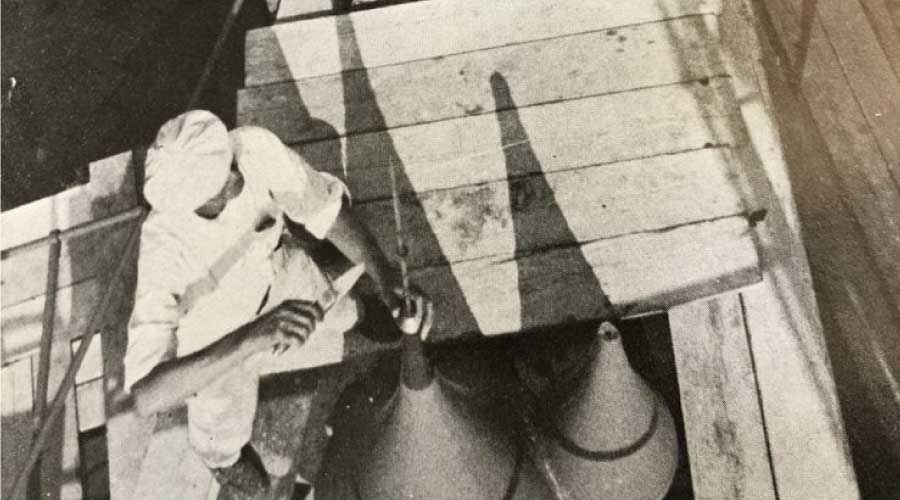Worker Safety: Protect Against Electrical Hazards
The second most common area for OSHA violations and citations concerns electrical hazards, which are a real concern in the maintenance and engineering profession. The nature of tasks technicians perform places them at risk of electrocution and arc-flash burns.
Recently, OSHA revised its electrical safety regulations to provide employees greater protection, and the National Fire Protection Association's (NFPA) 70E standard goes even further to protect employees. In particular, the updated standards serve to protect employees from arc-flash hazards.
Managers might be surprised to learn most hospital admissions stem from arc-flash burns, not electrical shock. In fact, about 30,000 arc-flash events and 7,000 burn injuries occur annually. Of those 7,000 burn injuries, more than 2,000 people enter burn centers with severe arc-flash burns. About 300 of those cases result in death. Because of these statistics, OSHA has stepped up its enforcement of electrical standards.
To better protect maintenance and engineering technicians, OSHA and NFPA 70E recommend the following hazard-control initiatives:
- a permit for energized electrical work
- pre-work job briefings
- the use of PPE
- the use of insulated tools
- a written electrical-safety program
- qualified personnel training
- flash-hazard labeling.
In 2007, the U.S. Department of Labor awarded a training grant to the Workplace Safety Awareness Council, a non-profit safety-awareness organization. The council used the funds to conduct 48 free electrical-safety training classes across the United States. Such classes are the first step in learning about the risks of electrical hazards and implementing practices to avoid all-to-common injuries.
Implementing proper safety procedures does not need to be time-consuming, complex or expensive.
Discussing safety in a staff meeting is a good first step toward implementing proper worker-safety procedures. Managers should pick a topic, such as PPE, and make it a focus of the meeting.
Managers also can invite local vendors to the workplace to demonstrate the latest in PPE technology, and organizations can develop an incentive program that rewards employees for using PPE. Both of these ideas are easy and inexpensive to implement, and they can provide a solid launching point for an organization's worker-safety initiatives.
David A. Casavant, CFM, is executive director of the Workplace Safety Awareness Council.
Safeguarding Machinery Machine guarding is the third-most common Occupational Safety and Health Administration (OSHA) violation. Moving machine parts have the potential to cause severe workplace injuries, such as crushed fingers and hands, amputations, burns, and blindness. Safeguards are essential for protecting workers from these injuries. Managers must safeguard any machine part, function, and process that might cause injury. OSHA has developed a free online training module on machine guarding. To learn more about the training tool, visit osha.gov/SLTC/etools/machineguarding. |
Related Topics:













